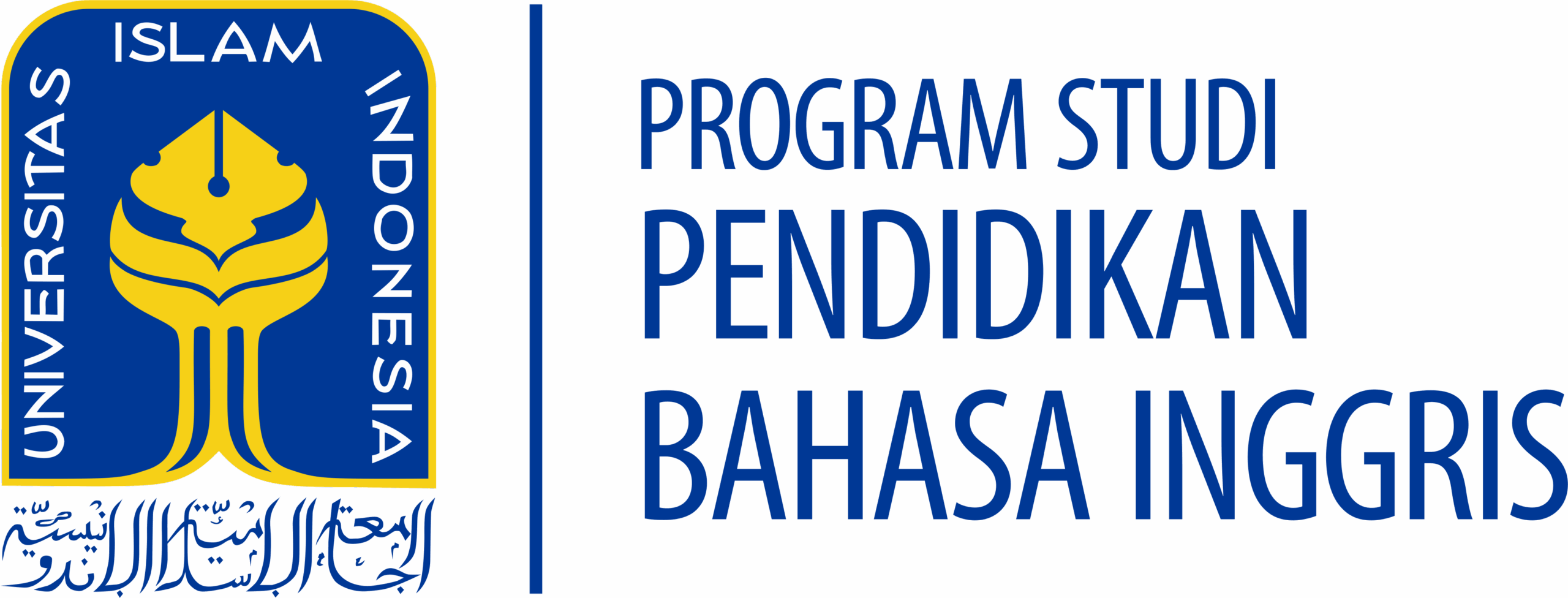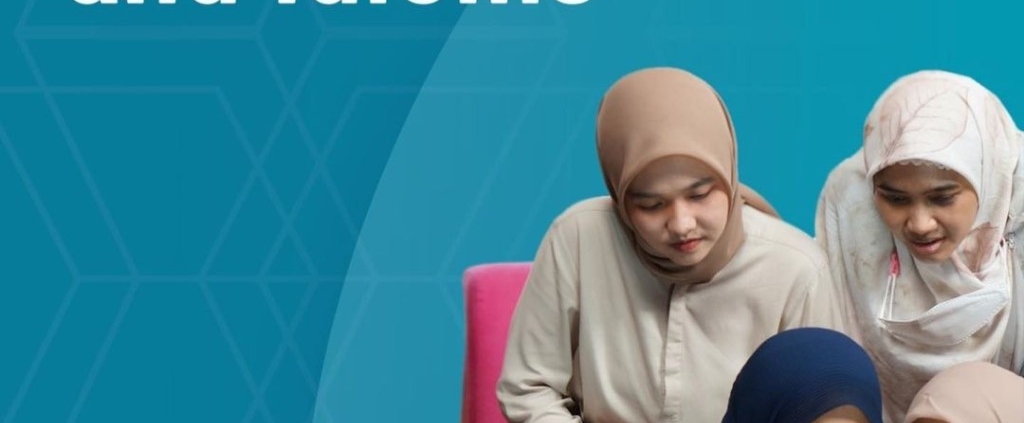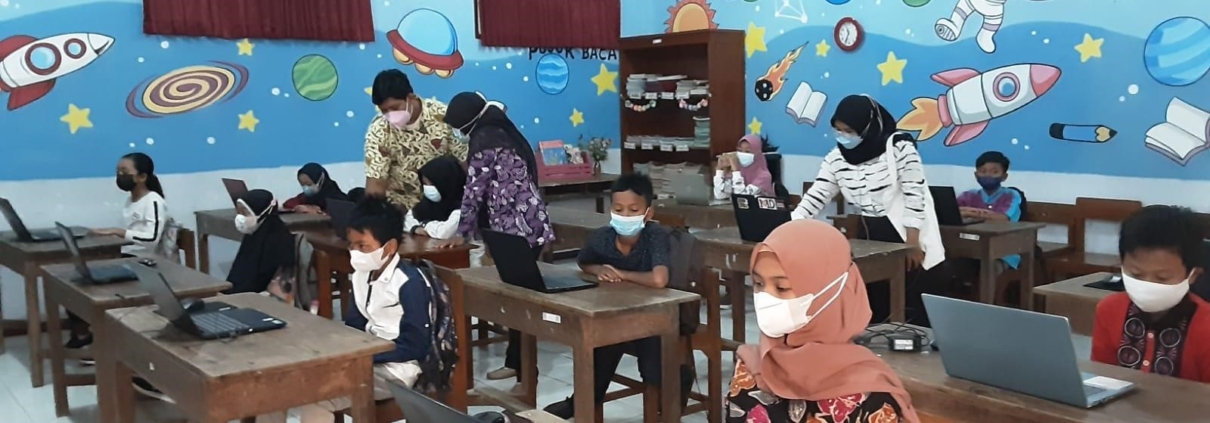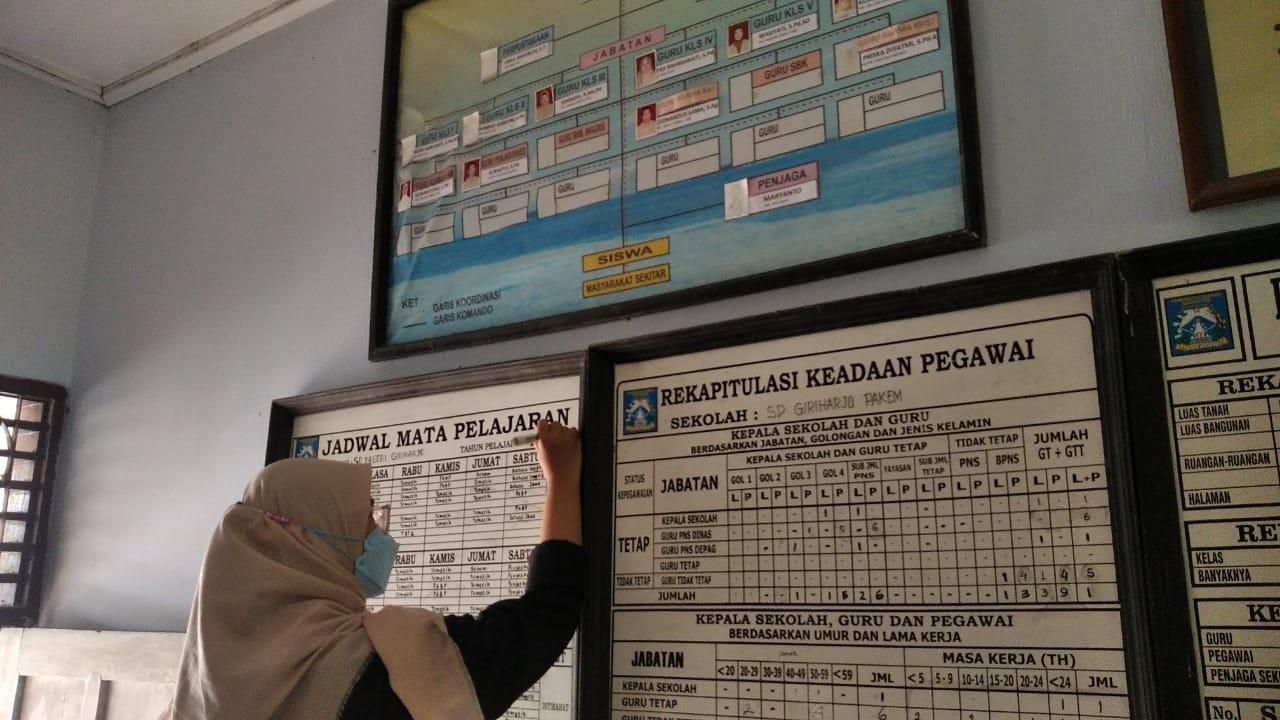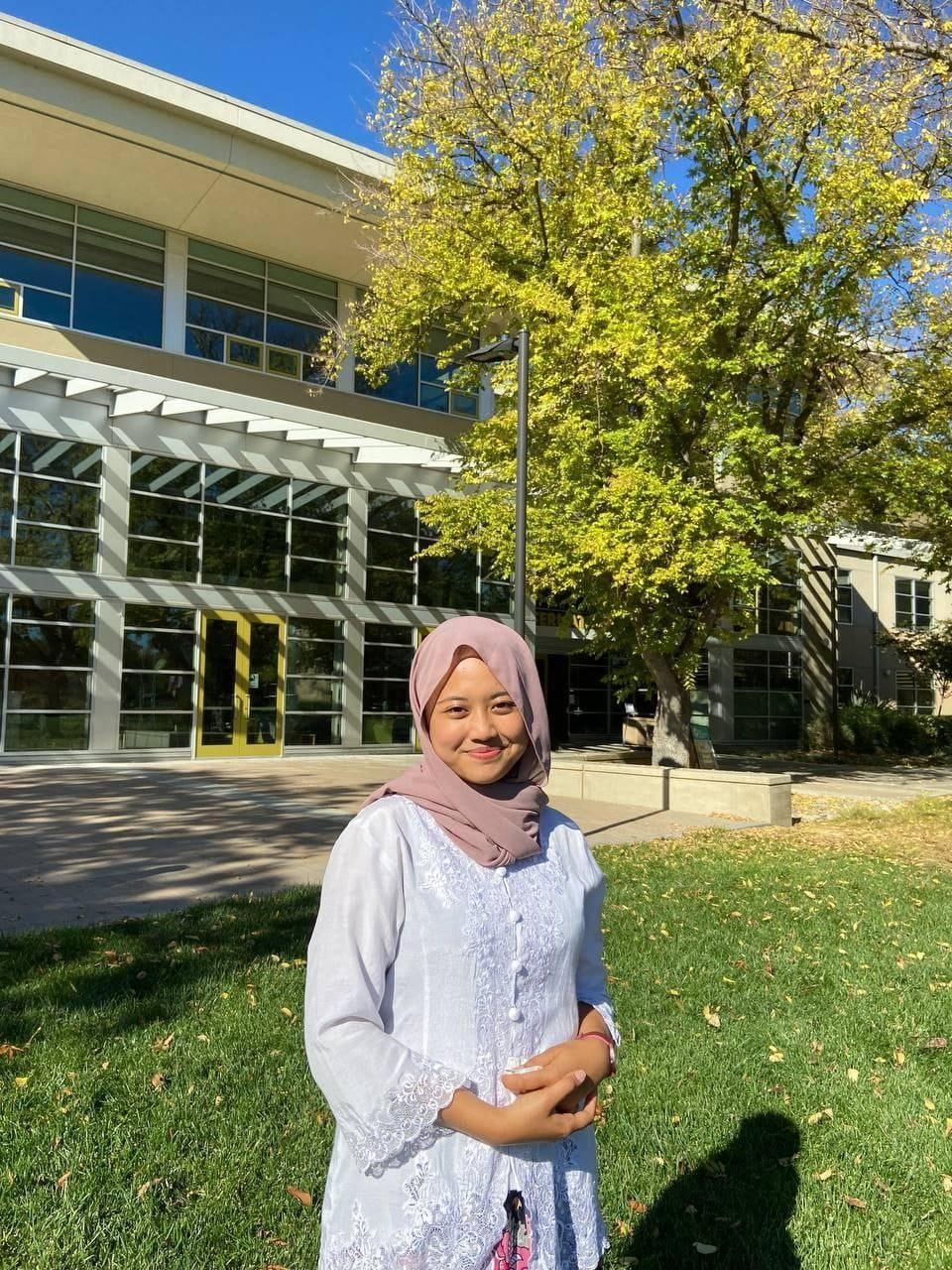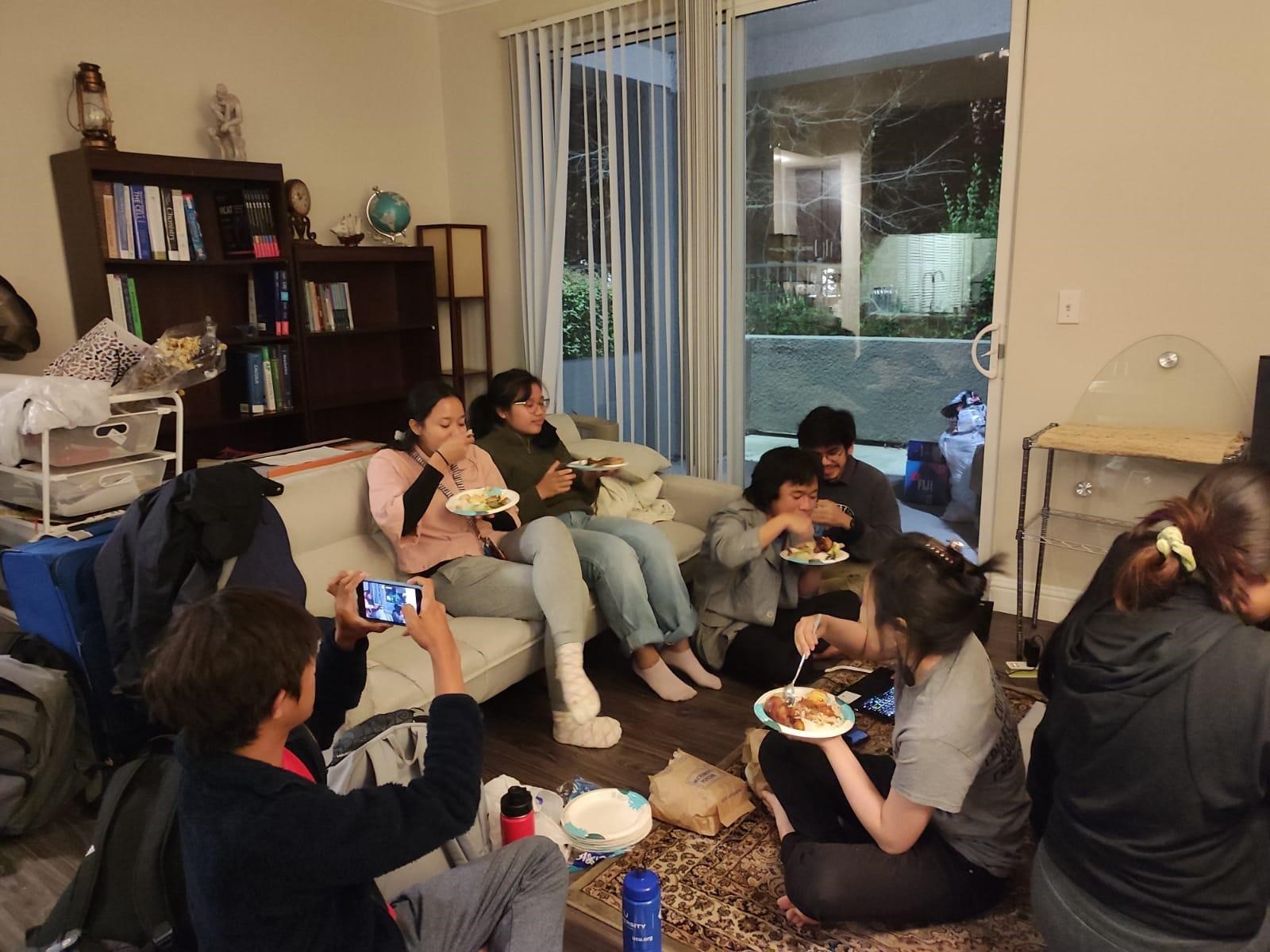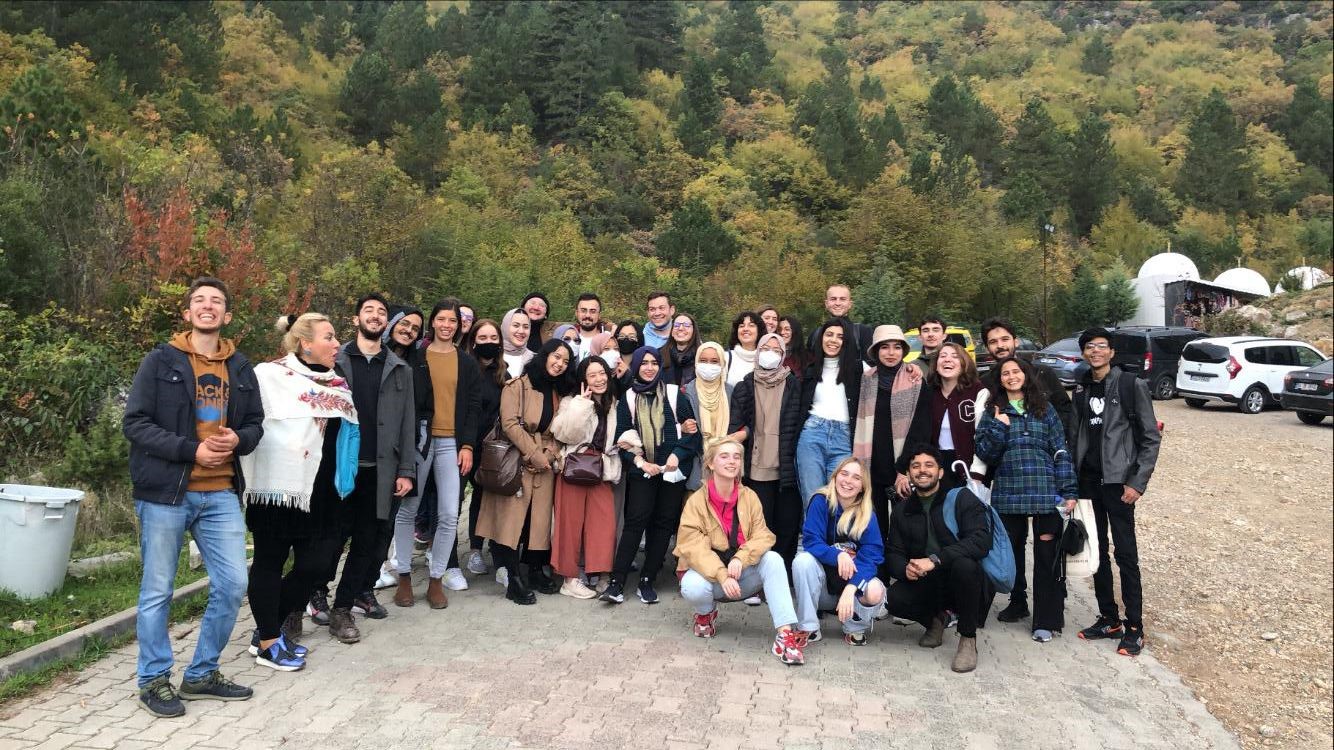Five Reasons Why Watching Movies Is Beneficial to Our Personal Development

Written by Aureliana Ditasari, Nida Fauziah, and Rifka Indah Nizar
On this day, who doesn’t like watching movies? People nowadays are likely to be obsessed with movies. We may find out a lot through watching movies without even realizing it, as long as we manage them effectively. Many people use movies to get rid of negative thoughts or recharge their batteries. Watching movies is fun, especially if we watch movies either with our friends or with family, but did you know that the simple activity that we take for granted could significantly affect our development? Movies are a way to have fun and provide many positive benefits. Here are the top five benefits of watching movies!
- Foreign-language movies can help us learn a new language
Do any of you enjoy watching movies in languages other than your native? Movies from Korea, Japan, China, Turkey, Arabic, or many more. Are you aware that watching movies with different language backgrounds will gradually give you some of the vocabularies that frequently appear in the movie’s dialogue? Even if we still watch those movies with subtitles, this is one of the advantages of watching movies in languages besides our native language. Sometimes, the brain may unconsciously repeat familiar vocabulary to recognize its meaning or even pronounce it correctly.
For example, we watch movies from western countries,. Fluency in English is crucial for some people, particularly those who did not grow up in a country where English was their first language. Can we merely watch movies to enhance our language skills? How do we do that?
We are not only practicing our listening and speaking skills when watching movies. The brain will effortlessly replicate the dialogue in English movies since almost everyone is familiar with English, an international language. As a result, it is not surprising that we can unconsciously string together a sentence in English during dialogue or find out the meaning of a word just by thinking about it, like in movies we have watched.
In some cases, people may even master a new language only by watching movies. They will be able to watch the movie without having to read subtitles. Maybe not everyone will understand the complicated grammar or the uncommon vocabulary of the country. However, understanding the context of their language, in general, will increase our knowledge beyond our first and second languages. Using subtitles will allow you to understand the content. Concentrate on the key words and take notes as needed to help you remember. As a result, you will retain the information for a long time.
- Movies benefit us in learning about new cultures
History buffs have plenty of options when it comes to movies. It can show us new things about the culture that we probably did not know. We gain many things, such as a country’s history or a new culture, and then we realize some influential figures in the world. Educating ourselves on a country’s history may instill a sense of nationalism in us. It is the same when we watch historical movies from other countries. We may learn a lot from an excellent historical movie by understanding essential issues and events. Not only that, but historical movies are also valuable in the classroom, as teachers may show them to their pupils so that they can better acquire or understand history courses.
- Movies could provide both enjoyment and stress reduction
Many people find watching movies both entertaining and a way to reduce stress. Watching movies can make us forget our problems is an alternative to anxiety loss. As previously said, watching movies can have a positive emotional impact. Movies can calm us down and soothe us. We reduce the stress within us by lowering worry, and even watching a movie may turn all negative thoughts into the better, as long as it is enjoyable.
- Movies help us to get motivation
Have you ever read a movie quote over and over again? It indicates the movie has encouraged you to feel more positive and inspired. We may learn a lot by watching movies. Movies may motivate us to make positive changes in our lives, and movies’ strong characters can inspire us to do the same. The benefit of watching movies can increase self-motivation to be solid and inflexible in dealing with all the problems. Even though it is just a movie, we can acquire this psychological influence in our life.
- Watching movies can help us gain more insight and understanding
Beyond entertainment, movies can likely provide insight into people, with different genres presenting them with many new insights. Watching movies from other countries tells us much about each country’s culture and national values. Watching movies can also give a different view to each viewer from the beginning of the story itself. Each movie’s plot or characters will provide us with a different perspective than anyone else. It gives us insight into things we did not know before without recognizing them.
There are so many benefits that we can get from watching movies. We need to turn our simple hobby into something productive so that our efforts will not be vain. So, what are you waiting for? Let’s find more good movies and reach your goals!
